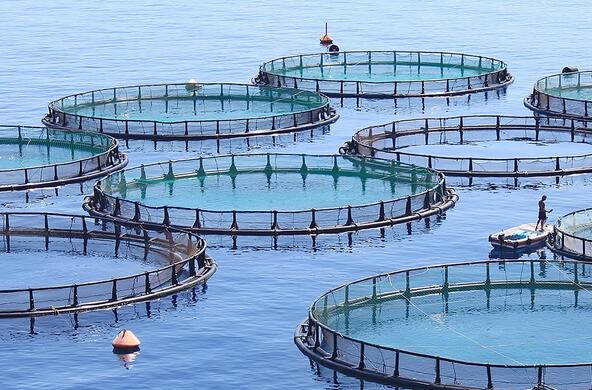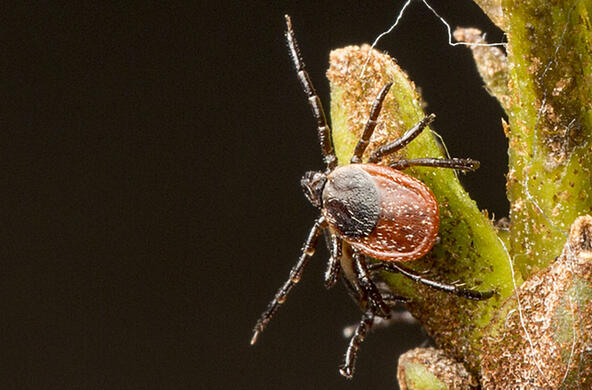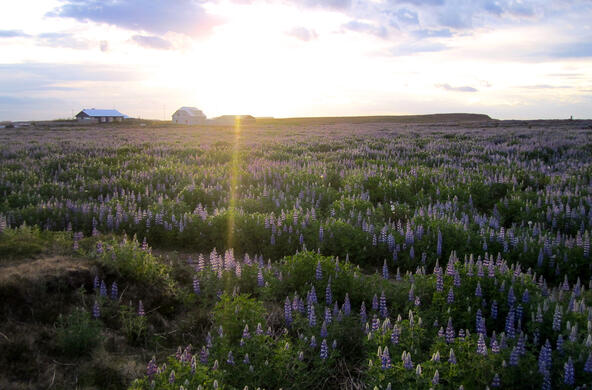It’s been more than 50 years since Rachel Carson penned Silent Spring, exciting public interest in the impacts of chemicals that we add to the environment in pursuit of a better life. Carson didn’t live long enough to see DDT banned from use in the U.S., but posthumously she should be credited with saving the bald eagle, ospreys, and pelicans in the lower 48 states.
Carson alerted us to some of the traits of certain pesticides, like DDT. They persist in the environment, accumulate up the food chain, and end up in places far from the intended target. DDT and the degradation residues of DDT are found in the tissues of penguins in Antarctica, where it was never used.
In places where it was used heavily, DDT selected for resistant insects and quickly lost its effectiveness. Working miracles to save lives from malaria during World War II, DDT was defended by its manufacturers against environmental scientists who realized its pernicious behavior in nature.
We are now well along a similar drama for a new class of insecticides, known as neonicotinoids, in part designed as a replacement for DDT. Neonicotinoids, which are similar to nicotine, interfere with signal transmissions in the nervous system of both mammals and insects. Fortunately, insects are more sensitive.
Neonicotinoid compounds are convenient because they can be applied to seeds, to confer resistance to pests through the growing season—what is known as a systemic pesticide. From the beginning, the manufacturers of neonicotinoids recognized its toxicity to bees. Neonicotinoids have been implicated in the widespread observations of bee decline in the U.S. and Europe, leading to fears that many crops would not set seed because of a lack of pollination. Yet, profits prevailed and neonicotinoids grew to be among the most widely used pesticides in modern agriculture. Those growing corn, a wind-pollinated crop, were not too concerned about local bee populations. And blueberry farmers in Maine warn trespassers of neonicotinoid applications, while they complain of limited pollination of the crop.
A new study recently reported neonicotinoids in three quarters of 198 samples of honey collected worldwide. We can conclude that bee populations are widely exposed to this pesticide and that humans ingest neonicotinoids as well, even in pursuit of a healthful diet. A recent review of the small number of studies examining health effects of neonicotinoids on humans found significance incidence of neurological and developmental impacts—not surprising given that the compound interferes with both human and insect physiology in a similar manner.
Feeding 10 billion people by 2050 is a huge challenge for agriculture, but, without bees, a lot of fruits and nuts will not develop. The profits generated by patented technologies to increase grain yield will generate enormous profits. As the evidence against neonicotinoids rolls in, we will face another challenge between corporate deep pockets and what is good for the natural world.
References
Cimino, A.M., A.L. Boyles, K.A. Thayer, and M.J. Perry. 2017. Effects of neonicotinoid pesticide exposure on human health: a systematic review. Environmental Health Perspectives 125: 155-162.
Cressey, D. 2017. Neonics vs bees. Nature 551: 156-158.
Mitchell, E.A.B., B. Mulhauser, M. Mulot, A. Mutabazi, G. Glauser, and A. Aebi. 2017. A worldwide survey of neonicotinoids in honey. Science 358: 109-111.
Woodcock, B.A. and 18 others. 2017. Country-specific effects of neonicotinoid pesticides on honey bees and wild bees. Science 356: 1393-1395.








